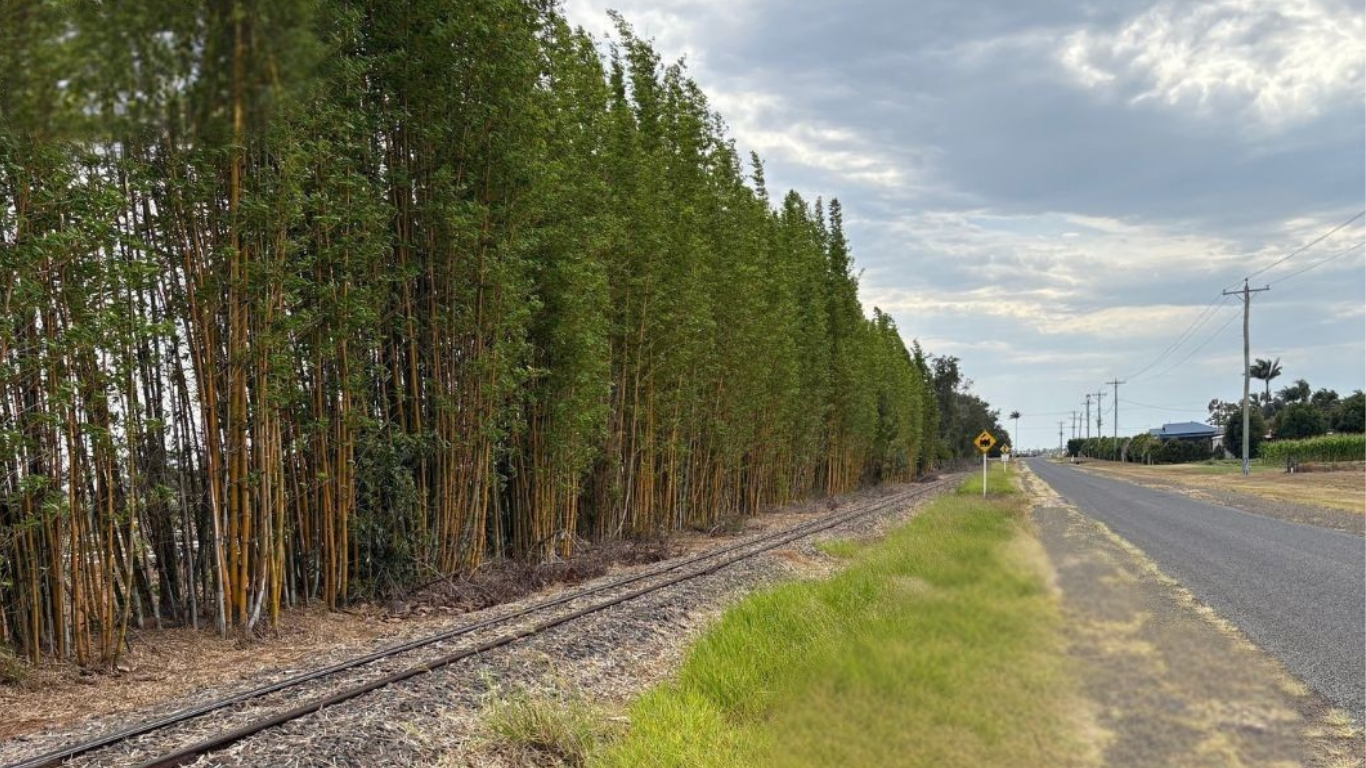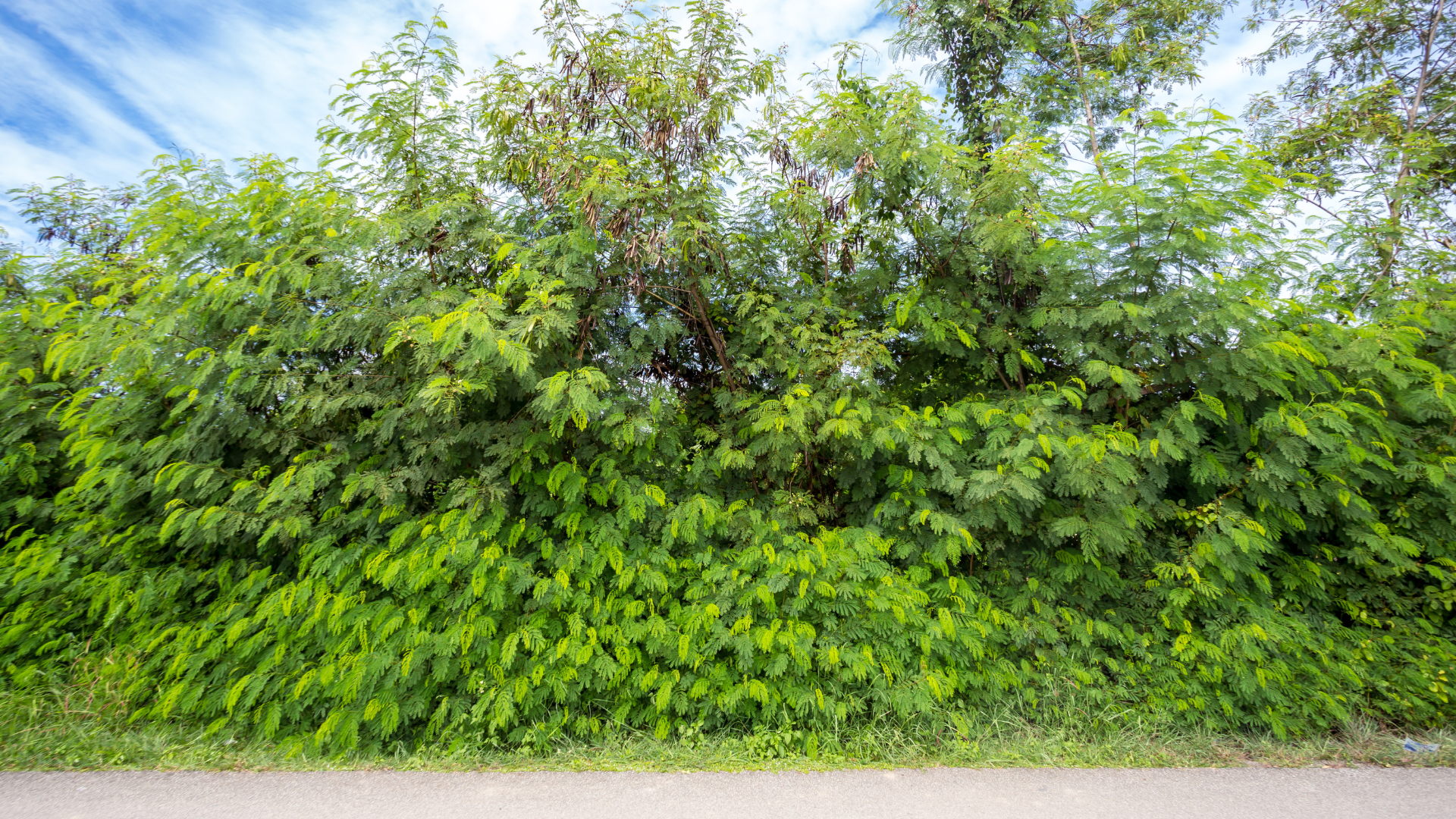
The Crucial Role of Spray Partners in Herbicide Efficacy
Effective weed control is essential for maintaining healthy crops and landscapes. While choosing the right herbicide is crucial, the role of "spray partners" or adjuvants should not be underestimated. In this foundation article we will discuss the significance various spray partners have in achieving successful weed control outcomes. These spray partners will include:
-
Wetters.
-
Stickers.
-
Penetrants.
-
Anti-drift agents.
-
Anti-foam agents.
-
Water acidifiers.
-
Marker dyes.
Explore our range of Spray Tank Partners / Additives & Dyes Here:
Wetters - Enhancing Herbicide Coverage
What Are Wetters?
Wetters are also known as surfactants or spreader-stickers. These spray partners are adjuvants designed to improve the wetting and spreading of herbicide solutions on plant surfaces.
Importance of Wetters
Wetters help herbicides adhere to leaf surfaces, ensuring uniform coverage. This improves herbicide absorption, especially on waxy or hairy leaves, and enhances overall efficacy.
Stickers - Staying Put for Better Results
What Are Stickers?
Stickers may also be known as adhesive adjuvants. These spray partners are formulated to increase the adhesion of herbicides to plant surfaces to prevent runoff.
Importance of Stickers
Stickers help herbicides resist environmental factors like rain or irrigation. They allow the active ingredient to stay on target for a more extended period, thus increasing herbicide effectiveness.
Penetrants - Breaking Barriers for Deeper Impact
What Are Penetrants?
Penetrants are often called activators or crop oil concentrates. These spray partners improve herbicide penetration through the waxy cuticle of plant leaves.
Importance of Penetrants
Penetrants ensure that the herbicide can enter plant tissues more effectively. The herbicide reaches the site of action and enhances the overall control of target weeds.
Anti-Drift Agents - Keeping Herbicides on Course
What Are Anti-Drift Agents?
Anti-drift agents are adjuvants designed to reduce the risk of herbicide drift during application. These spray partners ensure the herbicide reaches its intended target.
Importance of Anti-Drift Agents
By minimising herbicide drift, these agents enhance application accuracy, protect non-target areas, and improve overall environmental safety.
Anti-Foam Agents - Maintaining Clarity and Safety
What Are Anti-Foam Agents?
Anti-foam agents control foam formation in the spray tank. These spray partners prevent excessive foam build-up during herbicide mixing and application.
Importance of Anti-Foam Agents
By reducing foam, these agents maintain spray solution clarity. They make it easier to calibrate equipment and ensure consistent herbicide application.
Water Acidifiers - Adjusting pH for Optimal Performance
What Are Water Acidifiers?
Water acidifiers are also called pH adjusters. These spray partners are used to modify the pH of the spray solution to enhance herbicide stability and efficacy.
Importance of Water Acidifiers
Adjusting pH can improve herbicide compatibility, reduce herbicide breakdown, and optimise the performance of certain herbicides, particularly those sensitive to alkaline conditions.
Marker Dyes - Visualising Coverage for Precision
What Are Marker Dyes?
Marker dyes are colourants added to the spray solution to help visualise where herbicides have been applied.
Importance of Marker Dyes
Marker dyes aid in precise application. They ensure that no areas are missed or over-treated. This promotes efficient herbicide use and minimises the risk of underperforming or overexposure.
Spray partners, including wetters, stickers, penetrants, anti-drift agents, anti-foam agents, water acidifiers, and marker dyes, play a pivotal role in herbicide efficacy and weed control outcomes.
Understanding the different functions and how to use spray partners effectively can significantly enhance the performance of herbicides. Mangers can also minimise environmental impact, and contribute to more successful weed control programs.
Proper selection and application of these adjuvants are essential for achieving optimal results in agricultural and horticultural practices.
Additional content
VIEW GWS' ADDITIONAL CONTENT TO LEARN MORE ABOUT THE WEED INDUSTRY

Australia’s approach to wildlife and pest management is increasingly complex. What was once framed as a largely technical or ecological challenge now sits firmly at the intersection of environmenta...
Read more
Smarter growth management with Padre 270 for linear infrastructure and managed vegetation zones
As Australia’s linear-infrastructure networks expand, there is increasing need for low-impact, reliable and cost-effective vegetation management strategies. Padre 270 provides a practical, research...
Read more
Leucaena leucocephala: Weed Hygiene Case Study
Australia’s transport corridors are not just conduits for commerce—they are vectors for biological change. Leucaena leucocephala, valued as a forage crop, also threatens to invade new environments ...
Read more
